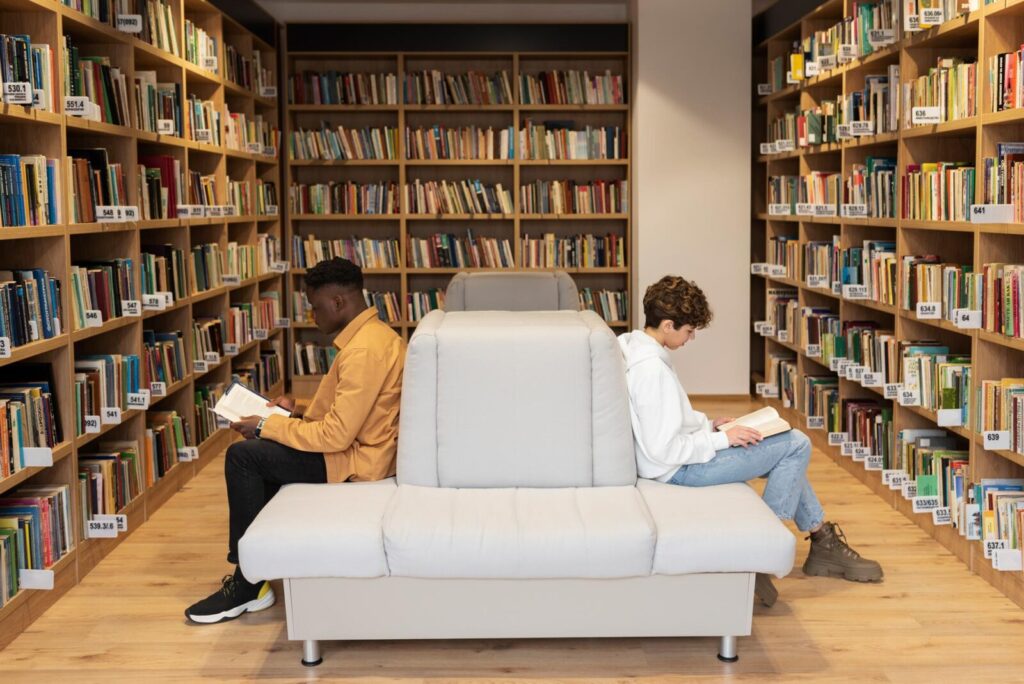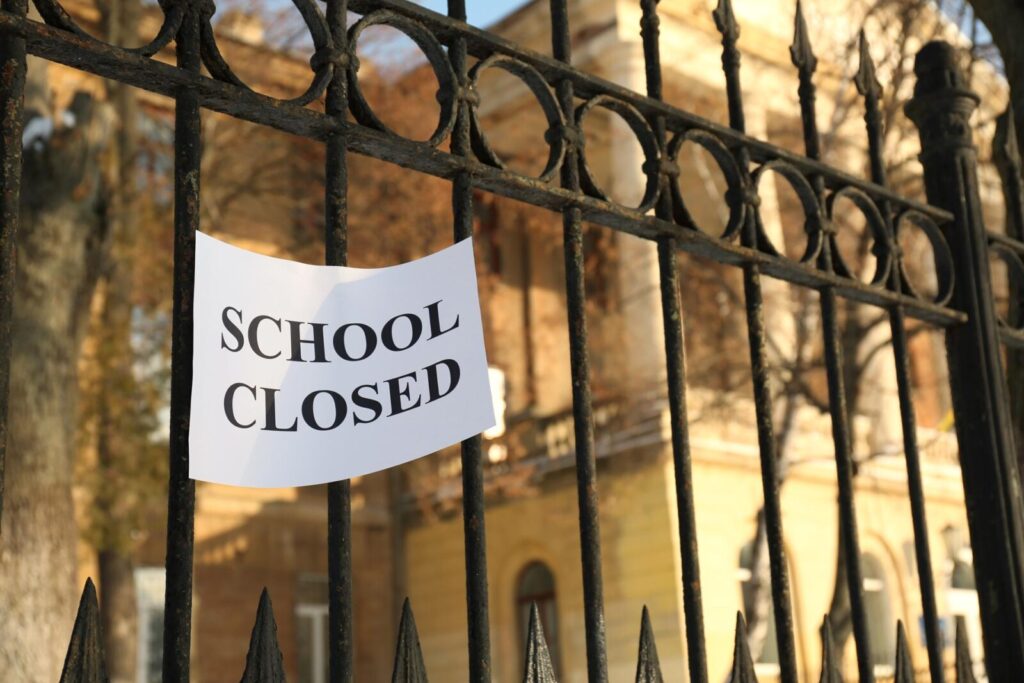Building resilient education systems in the wake of a global pandemic
A once-circulated Comic Relief video shows a young girl returning to her burning home to retrieve a book. Her source of education and her raison d’être, she tells the cameraman: “if I lose my education” (by which she means her book) “I might as well die.”
In times of adversity, many of humanity’s most-disadvantaged cling fiercely to the potential for education. One Save the Children Study found that ‘99% of children in crisis situations see education as a priority.’
In crises, not everyone loses their shelter, relatives, and access to food and water all at once. However, as the World Health Organisation declare the spread of COVID-19 a global pandemic and 188 countries close their schools nationwide at UNESCO’s latest count, the language used to describe the loss of education is apocalyptic, not pragmatic. ‘Shutting schools will spell disaster’, reads one headline.
What the spread of coronavirus teaches the privileged afresh and reiterates to the vulnerable is that an inability to access education is a disaster in its own right. The Education in Emergency (EiE) sector sets the precedent for valuing education enough to factor it into contingency plans as a ‘life-saving’ response element akin to food, water, and healthcare. So why is there a failure to do so in contexts perceived as immune to such disruptions?

A wake-up call: Education has never been invulnerable
To believe that traditional methods of education will tick-on unperturbed is naïve. There is plenty of evidence that distance learning should always have been a viable option.
The unprepared should have been better prepared. To expect a pandemic to affect education is not paranoia or hindsight bias: there is a 1% likelihood of a global influenza pandemic each year. School closures are often used to manage outbreaks. The 2014 Ebola pandemic closed schools in Liberia, Guinea, and Sierra Leone for six to eight months. Other recent examples abound.
Around the world, 75 million children are at risk of missing out on their education on a day-to-day basis because they cannot make it into school. It’s remarkable how easy it seems to miss this reality: in some places, schooling is stalled frequently and periodically. Just earlier this month, ‘large-scale violence’ closed schools in North-East Delhi, India, for over a week. They have yet to re-open because of the COVID-19 outbreak. In 2016, schools in Delhi were closed due to a heat-wave and drought. Spikes in air pollution levels sparked their closure in 2019. As for many, an uninterrupted education is hard to imagine for Delhiites.

Even in areas where schooling seems secure there is evidence that current pedagogical practices are failing to provide a continuous, quality education for all. Disabled students, people living in remote locations, and parents with responsibilities at home cannot access physical, learning spaces. Their education suffers as a result.
Paying proper attention to the plight of the educationally marginalised would have yielded the quality distance learning solutions now needed by everyone. As the necessity of social distancing usurps the option of journeying to school, it is now a larger majority of people that are rooted to the spot without quality educational support.
Not the abstractness of statistics, nor a distance from crises, nor the ability to (most of the time) livestream and record classroom learning can be used to justify the absence of distance-learning contingency plans. Each rule has its exception.
The impetus, but not the means: Why must education be in jeopardy before we seek to protect it?
In at-risk communities, various actors such as Save the Children, Plan International, NRC, UNESCO, and UNICEF are poised to act to preserve the education of children. In anticipation of disruption, plans are put in place daily to open up learning spaces, to deploy emergency curriculums, to train staff to deal with the psychosocial impacts of the inevitable disruptions and to quickly build alternative education systems. But in high-pressure situations plans must be made on the basis that the next prohibitor of education is imminent.
During the Ebola crisis in 2016, Sierra Leone broadcast 30-minute lessons over the radio. This is an example of one of the most consistent, regulated approaches to providing emergency education through distanced learning. Yet an inability to adapt the lessons to different levels, languages, and accents, given the rudimentary nature of the solution, limited the potential to provide quality, targeted teaching.
Enforced listening to poorly-conceived radio-shows is comparable to the current assignment of unnecessary screen-time for children. In response to COVID-19, huge lists are being compiled of possible places to turn to online for a haphazard, substitute-education. Many such recommended sites show no alignment with the curriculum and constitute just a five-minute addition to one’s routine.
For years, those on the front-lines and the margins have cried out for more effective technologies that can be better applied to the difficult and unconventional educational contexts present in all societies. Such frantic rushes to lazily adopt educational technology (‘EdTech’) demonstrate how uncooperative the educationally-stable have been, for the most part, in ongoing efforts to identify risks, respond to them, and to enhance the preparedness of education systems.

A new, proactive direction for EdTech?
Distance learning is not a product of the digital age. Back in the 1840s, Sir Isaac Pitman introduced correspondence learning as a way of teaching shorthand to a select number of students. He could do so because communication via the post cost only a penny after the introduction of uniform postal rates in 1840, and because his students spoke English, were literate, and had access to pen and paper.
Pitman’s student-led approach to education, in which programmes were individually adapted to lead each student from the basics to the complexities of the shorthand system, is pivotal in considering where to go next in planning ahead of time for school closure.
Affordable, portable, adaptable (to different ages, cultures, curriculums, and levels of learning), connected to a teacher, and with no need for a source of electricity, correspondence learning was close to infallible, although slow and unscalable.
If online communication is the modern equivalent of letter-exchange, it is important to ensure that EdTech is developed with the intention to imbue the system with those properties which, above all, promote universal access to appropriate education at all times.

COVID-19’s exposure of the shortcomings of current distance learning models provides new leverage for the creation of products and services that are suitable for all contexts and thereby immune to disruption by disastrous changes of circumstance. We must also acknowledge the critical role of teachers and other stakeholders in deploying these innovations. Distance learning should, in this technological age, preserve proximity between student and educator.
Since 2019, the World Bank’s Michael Trucano has called for a ‘new Global Edtech Readiness Index’ which would direct government attention to set-ups where ‘vital preconditions… are not in sufficient evidence’. Such a measure would identify weaknesses, such as reliance on the internet, and allow for careful, capacity-building planning. For example, pushing for the widespread distribution of a device which runs without internet would have the same resilience-building effect as the 1840s revolution in postage had for distance learning.
A complacency about the guaranteed-ness of traditional education for a large percentage of modern-day learners has curtailed the innovation of educative techniques which could be universally liberating in times of disruption. Now is the time to share with the newly-exposed that awareness about a plethora of issues which at-risk communities and those in the EiE sector factor into their everyday, educational plans.
